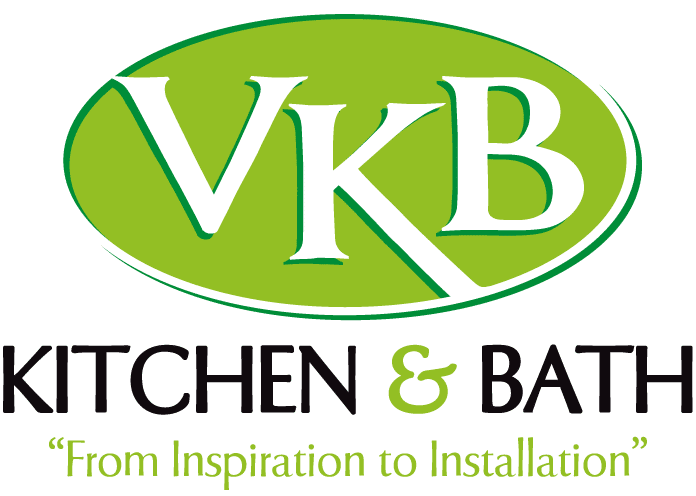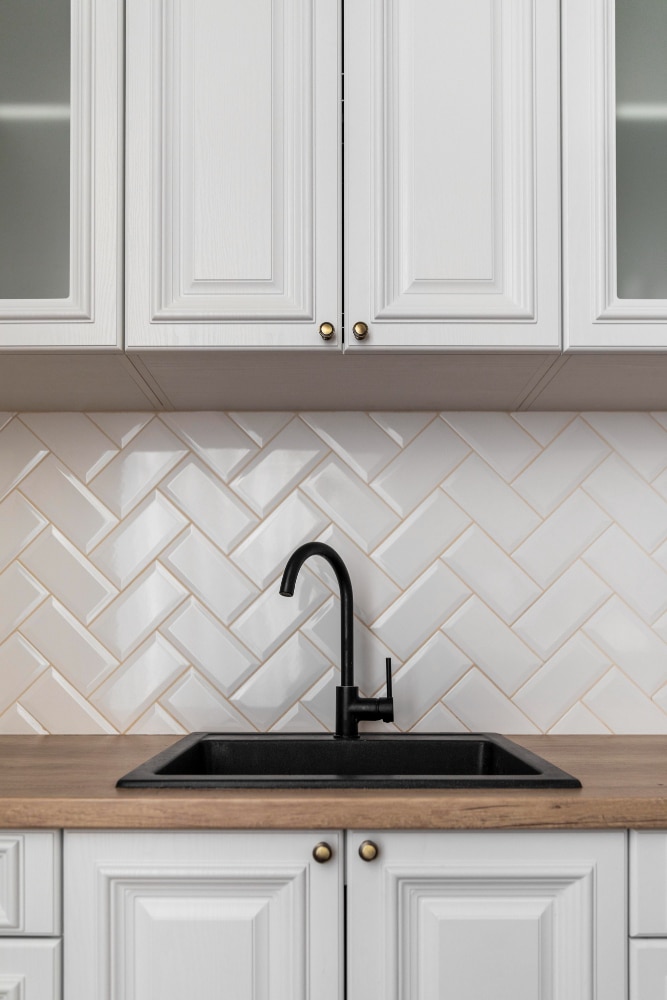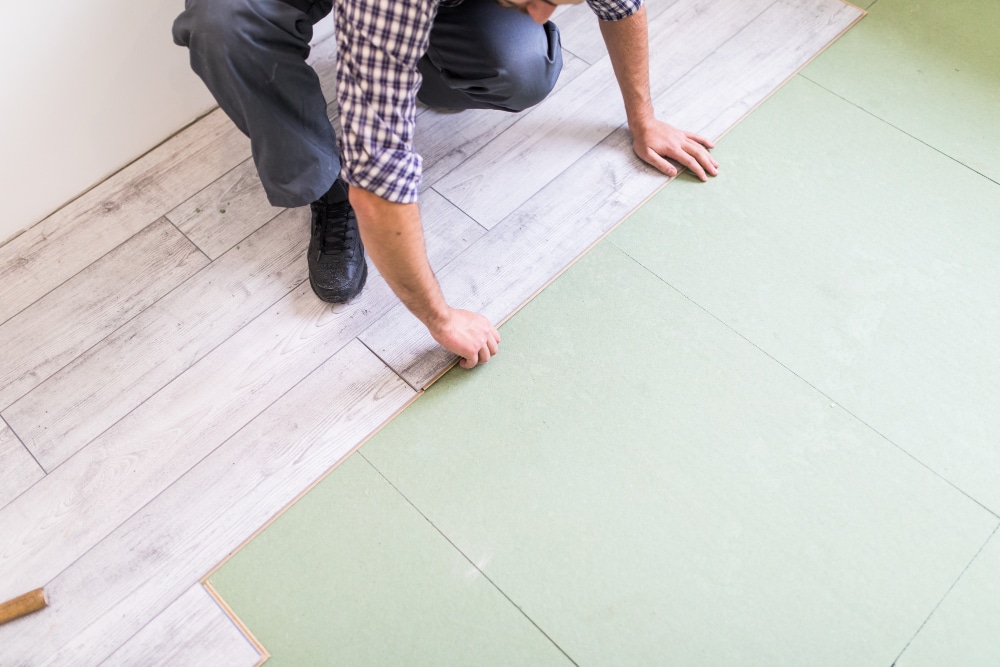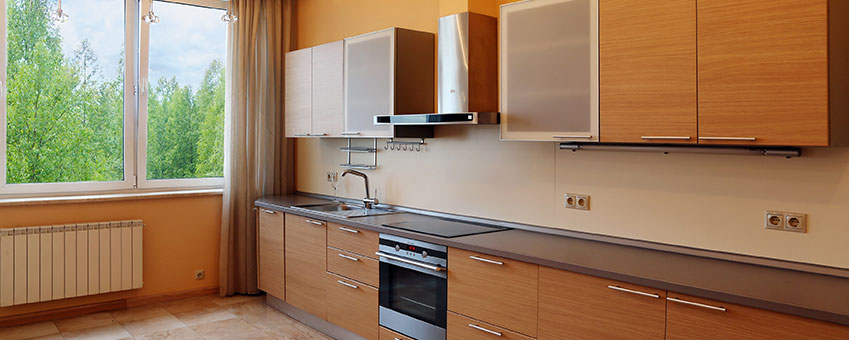The checkered floor, a design as old as time, has always been an emblematic choice for homeowners. Particularly in kitchen remodels this floor pattern has managed to stay relevant through various eras. But what’s behind this everlasting appeal? Let’s delve into its history, the names by which it’s known, and why it remains a popular choice in kitchen designs.
A Walk Through Time: The Origins of Checkered Floors
The history of the checkered floor can be traced back to ancient civilizations. These floors, with their distinctive checkerboard design, adorned palaces and temples, signifying opulence and artistry. Historians point out that checkered patterns have been a part of human civilization since medieval times, often associated with the design of a chessboard. As the eras rolled by, checkered floors became synonymous with sophistication and luxury.
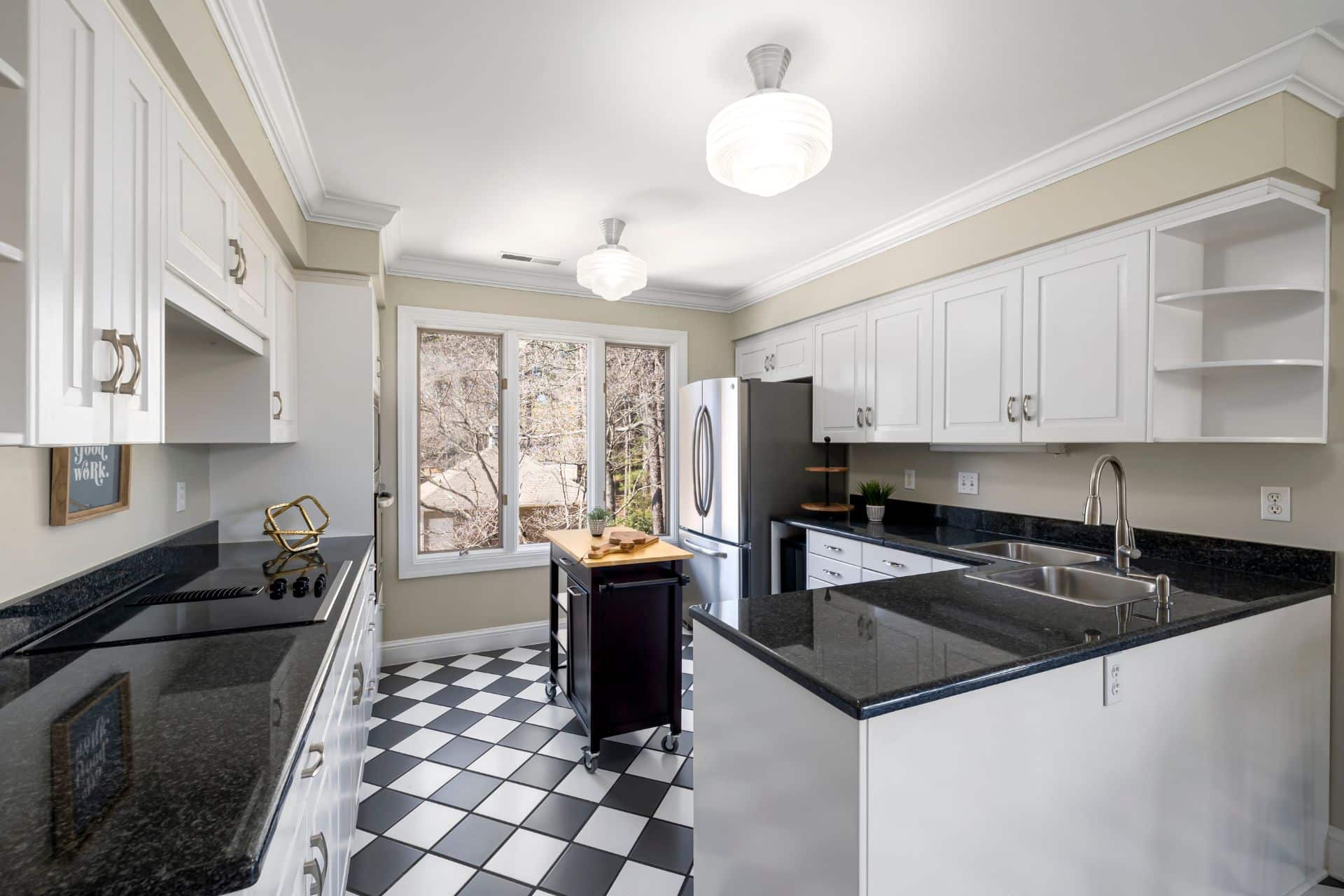
Checkered Floor | Canva
Why Are They Called “Checkered” Tiles?
When we speak of the grid pattern on a floor, the term that instantly comes to mind is “checkered”. This design resembles a chessboard, which is essentially a grid of black and white squares. That’s why these tiles are commonly referred to as checkered tiles. This pattern is simple yet captivating, ensuring that it stands out no matter where it’s placed.
The Era of the Checkered Floor
The prominence of the checkered floor was particularly noted in the 1950s. Kitchens of this era commonly featured black and white tiles, giving them a classic and clean look. However, the roots of this design pattern can be traced even further back, finding its presence in medieval European architecture and even ancient temples.
Modern-day Application: Kitchen Remodel and Design
Checkered floors are a go-to for many homeowners looking to bring a touch of classic design to their modern homes. Here’s why:
- Checkerboard Design: Its geometric precision is undeniably eye-catching.
- Versatility: Suitable for both contemporary and vintage styles.
- Timeless Appeal: This pattern, with its black and white tiles, can adapt to changing décor and design preferences.
- Kitchen Tiles: They are especially popular in kitchens, providing a clean, neat look.
Given their rich history, it’s not surprising that many homeowners opt for square tiles with a checkerboard design during a kitchen remodel. When combined with modern-day appliances and furniture, the checkered floor becomes a harmonious blend of the past and the present.
Conclusion
Checkered floors, with their timeless checkerboard design, have withstood the test of time, evolving and adapting to the design needs of every era. Whether you’re considering square tiles for a kitchen remodel or simply love the grid pattern, the checkered floor promises sophistication and style.
Frequently Asked Questions about Checkered Floor
Why are checkered tiles associated with the kitchen?
The clean and neat appearance of checkered tiles makes them a popular choice for kitchens, which are often seen as spaces that prioritize cleanliness and order.
Can checkered floors be colored, or are they just black and white?
While the classic black and white tiles are the most popular, checkered floors can be customized in various color combinations to suit individual tastes.
How do you maintain a checkered kitchen floor?
Regular cleaning using a soft mop and mild detergent will keep the tiles shining. It’s also advisable to seal the tiles periodically to prevent stains and wear.
